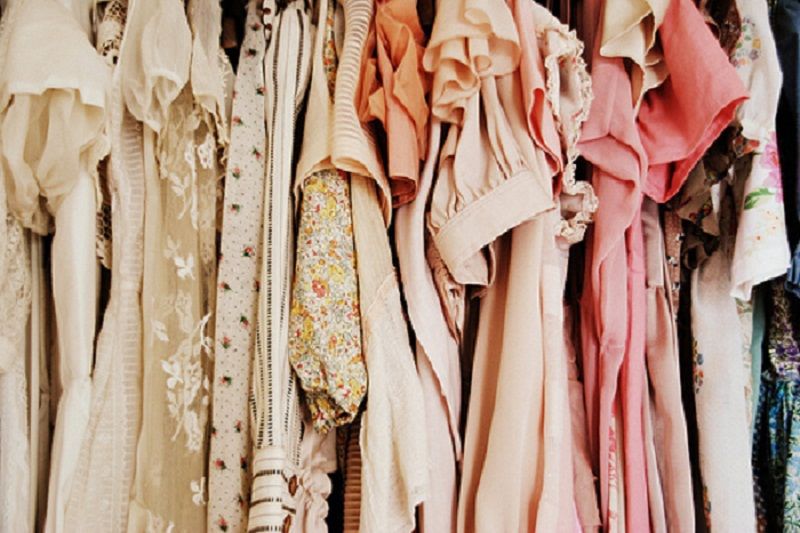“The price of cheap,” says economist Armine Yalnizyan of the Canadian Centre for Policy Alternatives, “is Bangladesh.” Toronto Star, 4 May 2013
Almost a month ago, an eight-story garment factory in Bangladesh collapsed, killing over 1000 people and injuring 2500 more. A number of major international brands have been implicated in the disaster, and around the world, journalists and activists are asking questions about who’s to blame, the place of garment manufacturing in the Bangaldeshi economy, and the role of extreme pricing for Western consumers in keeping labour conditions and wages low. Fortunately, pressure is mounting on brands to take action, and it’s possible that increasing support for the Bangladesh Fire and Safety Building Agreement and an increase in the minimum wage for textile workers could be the silver linings of the tragedy.
But besides pressuring big brands, there are a number of ways that we as consumers can try and reduce demand for sweatshop labour. If you want to ensure that you’re avoiding clothes made unethically, a number of Australian companies are accredited with Ethical Clothing Australia and with Fairtrade. But if you can’t find what you’re looking for there, op-shopping and clothes swapping are two awesome ways to get dressed ethically and sustainably.
You’re guaranteed a bargain at your local Vinnies, Salvos or Red Cross shop, or you can pay a little more for a pre-selected gem at a vintage store (check out the Ten Best Vintage Stores in Sydney for some ideas).
Another option that’s quickly gaining followers is online second hand shopping, on sites like eBay or Gumtree. Gumtree is an online classifieds listing where people can list pretty much anything, including clothes, accessories and shoes. Listings are free, and the seller decides the price (which is often negotiable). You can search listings by location, which means you can shop locally and might be able to try on that dress your neighbour is selling before you buy it.
The site doesn’t have quite the same feedback mechanisms that eBay does, so you have to use your common sense and keep an eye out for fakes or other dodgy stuff, and if you are going to meet someone to buy their clothes, it’s safest to do so in public or with a friend. Sellers might be trying to get rid of a cocktail dress they bought for a function and haven’t worn since, or clearing out their wardrobe to save up for an overseas trip. Either way, you get a guilt-free bargain and they get some cash!
Clothing exchanges are another really fun, quirky way to freshen up your wardrobe without contributing to injustice in the garment industry. It’s pretty simple – a group of people come together and swap the clothing that they no longer want or need. You might have a pair of jeans you no longer fit into, and your friend’s got an office blouse she doesn’t need at her new job – easy solution: swap them! Exchanges work with small groups and big ones, and Oxfam’s 3things project even has a DIY kit if you want to host your own. Otherwise, keep an eye on Clothing Exchange Australia, who are holding their next swaps in June in Sydney and Canberra.
As they say, actions speak louder than words. Doing things like buying second hand or swapping your clothes, can be a really empowering way to show that you don’t buy into sweatshops. And if you think big brands should sign the Bangladesh Fire and Safety Building Agreement, you can add your name to an online petition with Avaaz.org calling on the CEOs of Gap and H&M to sign on. You can also help Oxfam Australia put pressure on K-Mart and Target to ensure workers’ rights here. Let’s start a conversation about where our clothes come from, and if we as consumers start making better decisions, hopefully our brands will too.
This post was adapted from a series originally published on Oxfam Australia’s 3things blog.


9 Comments
Heart fairtrade….
I think a clothing exchange is a really great idea and sounds like it would fun too.
Great topic, makes me think now!!!
Great article
Thanks. Taking note of this.
I have to admit I am price driven and cannot afford the big name labels
an*
Such in important issue! Amazing article.
Great article with brilliant advice. We all need to stop and think about what we are buying. And buying Australian made quality garments that you can then re sell/swap/give away, instead of throwing away, is something we can all do.